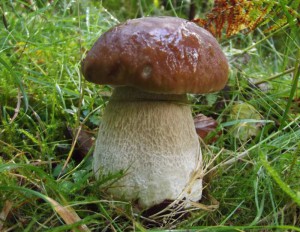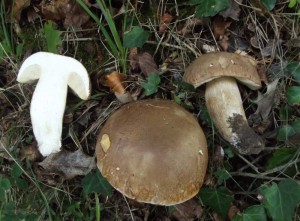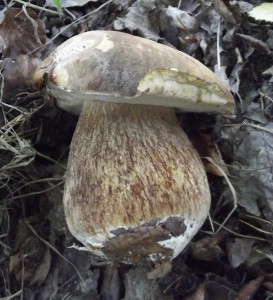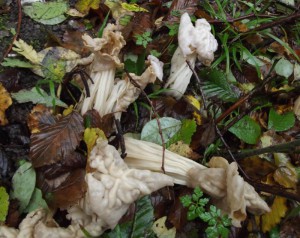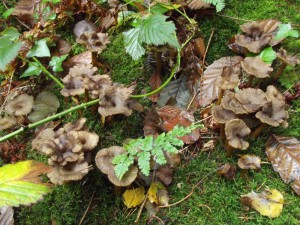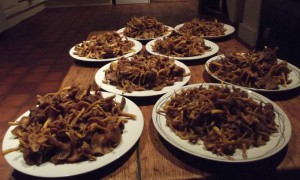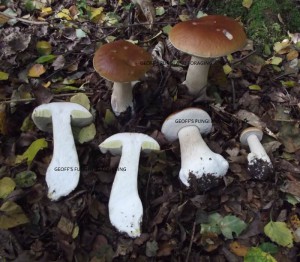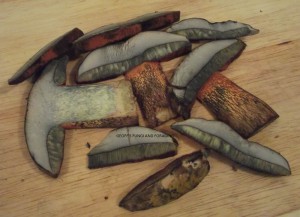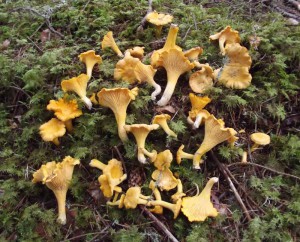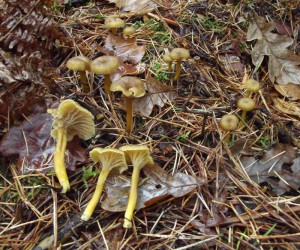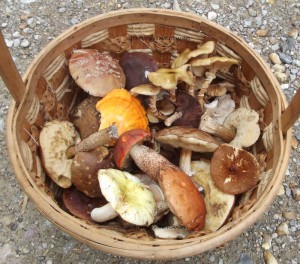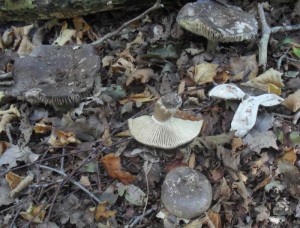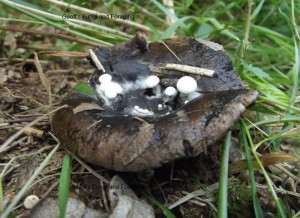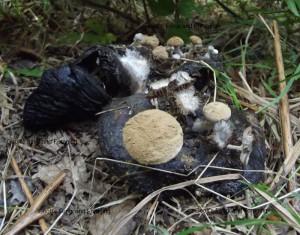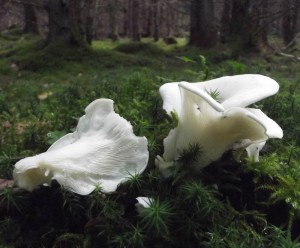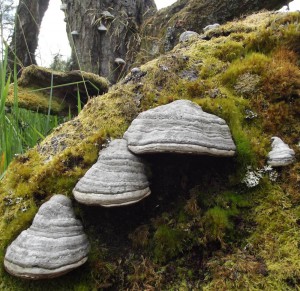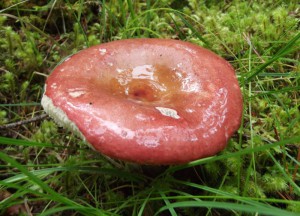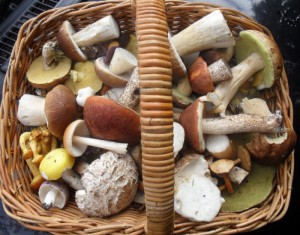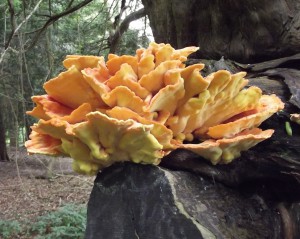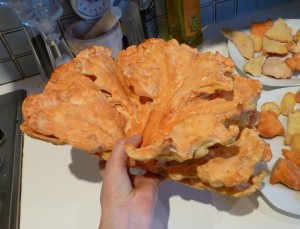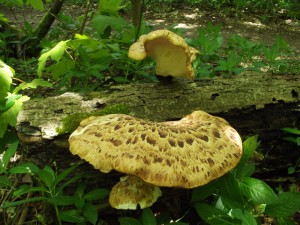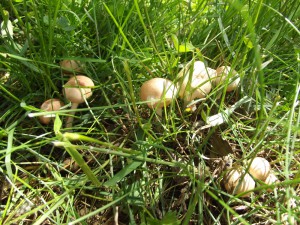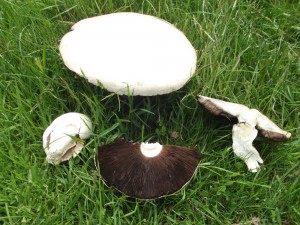Email: geoffdann@hotmail.com
Phone: 07964 569715
25/09/2014
I have a confession to make. I had to remove my previous blog entry because it contained an error – and those can be serious in this line of business. However, there’s some lessons here. The first is that not all fungi foraging mistakes are equal – if you’re going to get something wrong then the difference between mistaking a delicacy for another delicacy and mistaking a poisonous species for a delicacy is also the difference between a tasty dinner and your last dinner. It was not good fortune that my mistake was the former rather than the latter, but the result of knowing that even if I got something in this region of fungal taxonomy wrong, I wasn’t going to end up being poisoned. It was a mistake nonetheless, and so this blog post will retrace the steps that led me astray.
I’ve long been aware of the existence of three mushrooms very similar to a penny bun (Boletus edulis, cep, porcino). All three are much rarer, at least in southern England, and all of them highly prized – at least as much as their more famous relative, and one case even more so. The three in question are the Summer Bolete (B. reticulatus), the Dark Penny Bun (or Dark Cep, B. aereus) and the Pine Bolete (B. pinophilus). As the years marched on and I continued to never find any of them, I started to wonder whether maybe I’d seen them many times and had been mistaking them for a Penny Bun. I mean…exactly how similar where they?
Then two things led to my first mistake. The Summer Bolete does not always fruit in the summer, and its name comes from the reticulations on its stem – a network of raised lines. I came across a couple of pictures on the internet claiming to be B. reticulatus, showing a clear, white network of lines on a mushroom that otherwise looked exactly like a bog-standard penny bun. “Ah”, I thought, “so I’ve been picking these up and just not realising what they were. Now I know what a Summer Bolete is.” Except I didn’t. My picture (left) is not of B. reticulatus. It’s just a penny bun with a particularly noticeable network of reticulations on its stem.
And when you’re working by a process of elimination – which is sometimes a legitimate strategy when identifying fungi – then one mistake can lead to another. When, two weeks ago, I found a mushroom with a light brown, suede-like cap, and white pores, I ended up concluding that it had to be B. aereus – it didn’t look dark enough, but then again some of the pictures I could find of that species had caps as light, especially when they were quite small. So I blogged about Dark Penny Buns.
Then a few days later I found lots more of them – outside a pub where the landlord had taken a dislike and dumped a load of earth on them, in a futile attempt to stop them popping up on his land. At this point, with more specimens as examples, it dawned on me what had happened. These couldn’t be B. aereus because they were the wrong colour. Dark Penny Buns have to be Dark. So they had to be B. reticulatus, and what I’d thought was that species were Penny Buns. The network on their stems is much finer, and brown rather white.
Then, in a twist so typical of mushroom foraging, something else turned up. Yesterday I visited a site where hedgehog fungi grow in great profusion every year, collecting for two foraging workshops in Northamptonshire. They were there as usual, but this time they had a friend – a solitary, dark-capped mushroom that otherwise looked remarkably like a penny bun. And by now you will have guessed where this story is going: this really was a dark penny bun. And it really was delicious.
As for the fourth member of this quartet – the Pine Bolete? That remains on the “to find” list, but the way this autumn is going, I wouldn’t be surprised if it turns up next week.
27/11/2015: UPDATE
The fourth member of the quartet has turned up. Where? On the banner at the top of my main page, of course! I’ve been mistaking Pine Boletes for Penny Buns, it seems.

